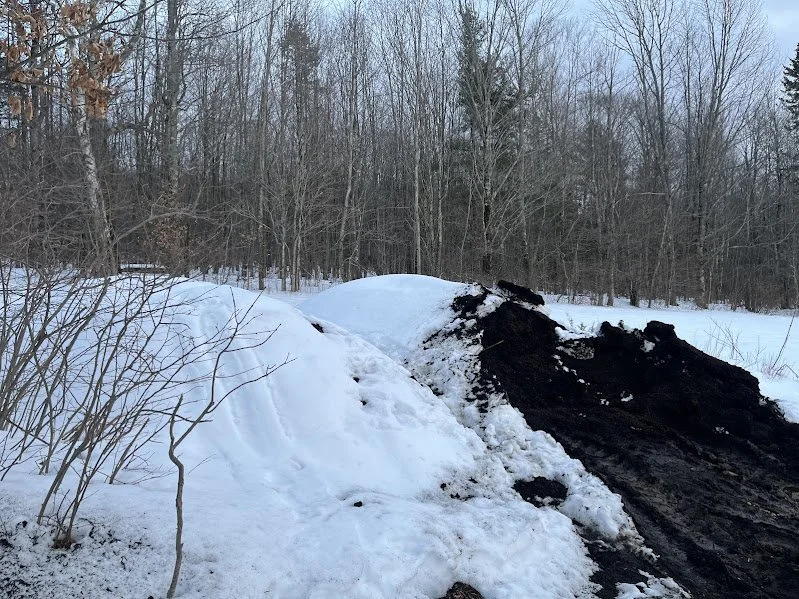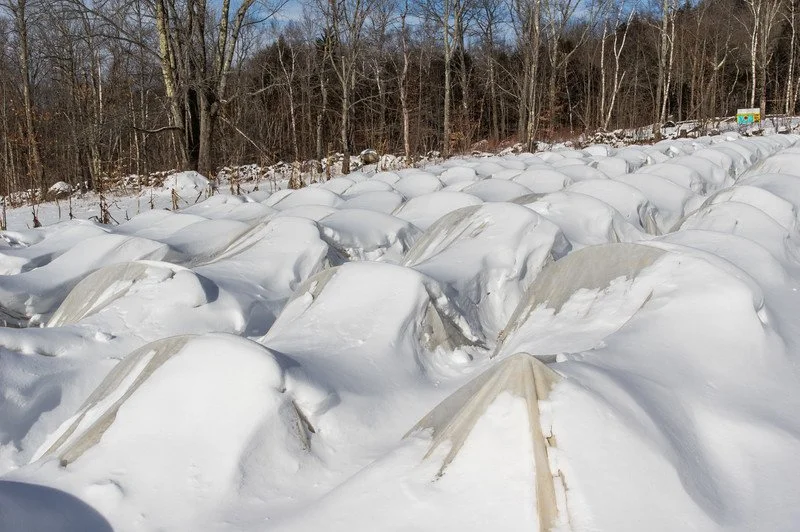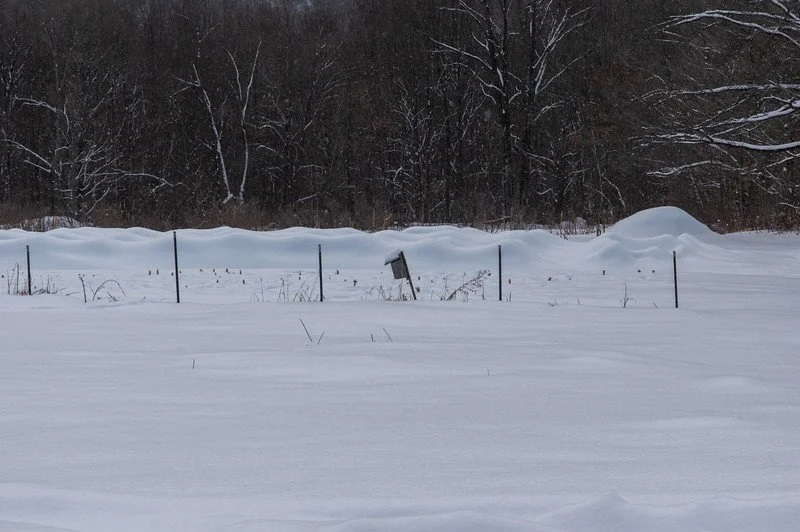1st Week of the Spring CSA Season: Week of March 5th
spinach ready to harvest on the right, newly composted and seeded beds in the middle, with some mesclun mix slowly regrowing on the left, photo by Ryan
This Week’s Availability
This week we will have:
Greens: spinach, claytonia, and green cabbage
Roots: carrots, yellow potatoes, rutabaga, Gilfeather turnip, red beets, chioggia beets, watermelon radish, daikon radish
Alliums: onions, garlic, shallots, and leeks
plenty of snow still here in Shrewsbury, photo by Adam Ford
Farm News
Thanks for signing up for the Spring CSA Season! If you are brand new, and have any questions about how it works that aren’t answered in the weekly email or on the website, please feel free to reach out.
It’s still quite wintery, but we plowed ourselves out enough to access the wash station, tunnels, and root cellar. The cold temperatures of this winter have significantly stalled regrowth on many of the winter greens, so this first week we will only have claytonia and spinach for fresh greens before the spring burst of growth kicks in for all the other overwintered greens. But they are both really delicious, and if claytonia is new to you, it’s great as a salad green, or in wraps and sandwiches. Normally I am not someone who likes when greens are cut with too much of their stem, but claytonia is an exception. The tender succulent stems of claytonia provide a pleasing textural diversity with the soft, little leaves. The rest of the greens—kale, mesclun mix, baby lettuce, chard, parsley and others—are looking good, and will soon vigorously grow several cuttings of fresh greens in the coming weeks. As far as the storage vegetables go, potatoes are a special treat this time of year. The cold storage of the potatoes causes the starches to convert to sugars, and these late season potatoes are really good. Cabbages, leeks, carrots…everything made it through the winter well and is looking and tasting great.
This past week our team rolled in after a nice winter hiatus to spruce the place back up: some deep cleaning in our walk-in coolers, cleaning up loads of storage vegetables, getting our propagation house ready for seeds, removing the few weeds from the high tunnels, and preparing and planting a few beds in the high tunnels with cold hardy greens. Many of the beds in the high tunnels grow crops that can be harvested in the fall and then again in the early spring as the plants regrow new leaves. These vegetables begin regrowing vigorously right around this time of the year, as the daylength grows and we have some more warm spells that raise the air and soil temperature in those otherwise unheated greenhouses. But some other crops that we plant in the fall, like bok choi and head lettuce, get harvested only once. These beds give us an opportunity to plant some seeds in those empty beds right around now, and this past week we seeded radishes, salad turnips, bok choi, spicy greens, arugula, baby lettuce mix, carrots, and a new crop that we’re excited to have growing in our early tunnels: sugarsnap peas! Some other vegetable farmers have grown very early peas in their high tunnels with success, and we’re excited to give it a shot. With a little luck we might get to harvest peas for the final weeks of the spring share.
Have a great week!
-ESF Team: Ryan, Kara, K2, Cindy, Taylor, Leah, and Natalie (and Sky and Soraya)
Usually we put a weekly recipe here…but the first week of the season I like pointing out that all the recipes that we post are archived on the recipe page of the website. You can search by vegetable, season, or ingredient. Only 30 recipes are listed under each season, but if you use the search function with a vegetable, way more recipes show up with that vegetable.
Ryan digging out the wash station door, photo by Kara
line of compost being laid down to plant sugar snap peas in beds where we harvested head lettuce in the fall, photo by Ryan
first round of tomatoes! photo by Ryan
We are so incredibly lucky to steward a chunk of forest that surrounds this farm. We do no take for granted that we get to harvest trees for heat and lumber. We offer gratitude and a moment of silence for each tree that we take, and it’s a privilege to watch a forest ecosystem respond to our management choices over time. Some of these trees will become lumber this spring, photo by Ryan
Digging into compost under snow, photo by Adam Ford
Within the next couple weeks we will start filling up this propagation house fast with seedlings, photo by Adam Ford
Candlelit dinner in the snow cave built by Ryan and the kiddos, photo by Ryan
fall planted onions, photo by Adam Ford
Leah and Ryan worked together to take down and pull out a few trees this winter. This spring we will have our neighbor to mill up into lumber for us with his portable saw mill. It’s a new treat to have an arborist on the team so that Ryan has a skilled buddy in the woods with him in the winter. Reach out if you need contact info for an arborist. When Leah isn’t farming, she is climbing trees! photo by Adam Ford
Fields in the snow, photo by Adam Ford
flower garden, photo by Adam Ford
flower garden, photo by Adam Ford
“Penguin-ing,” photo by Adam Ford















